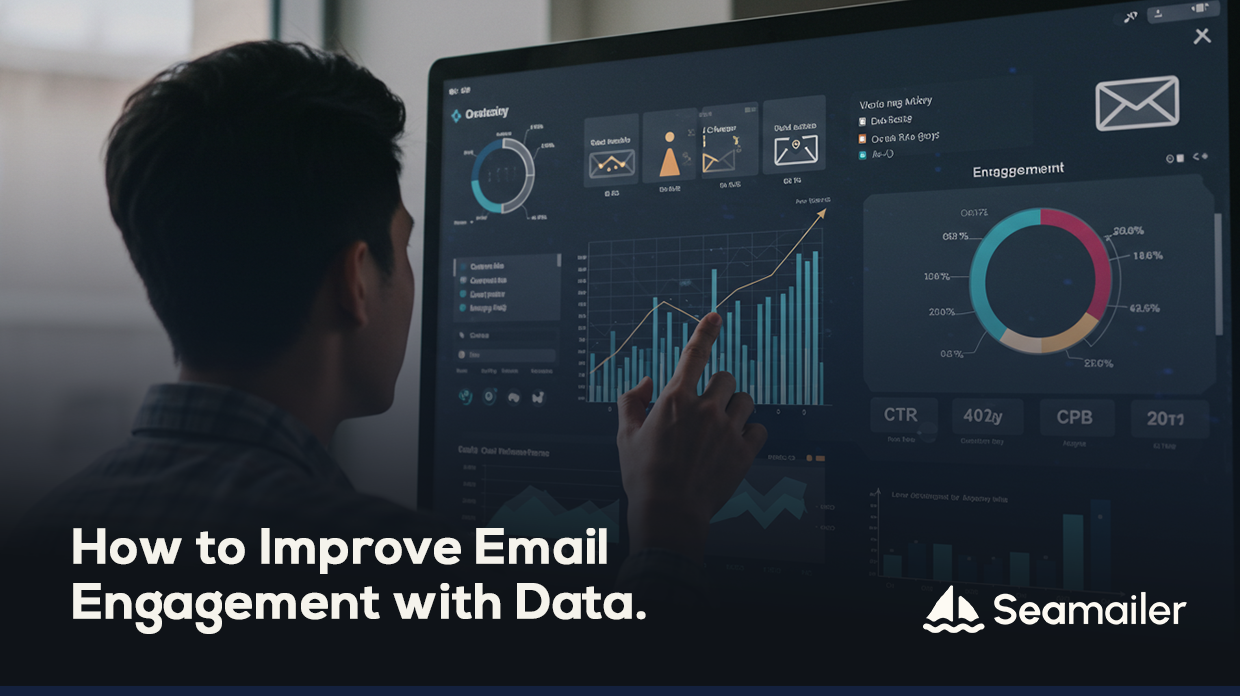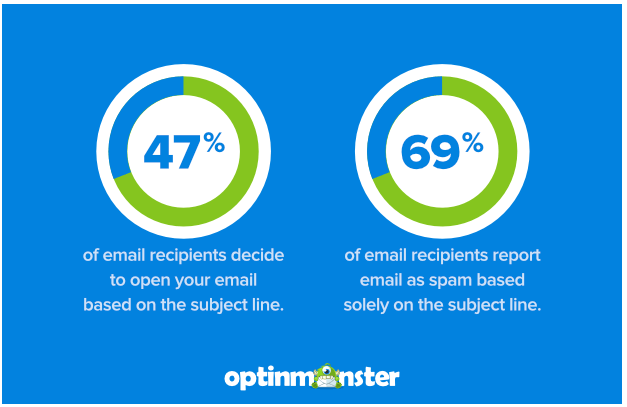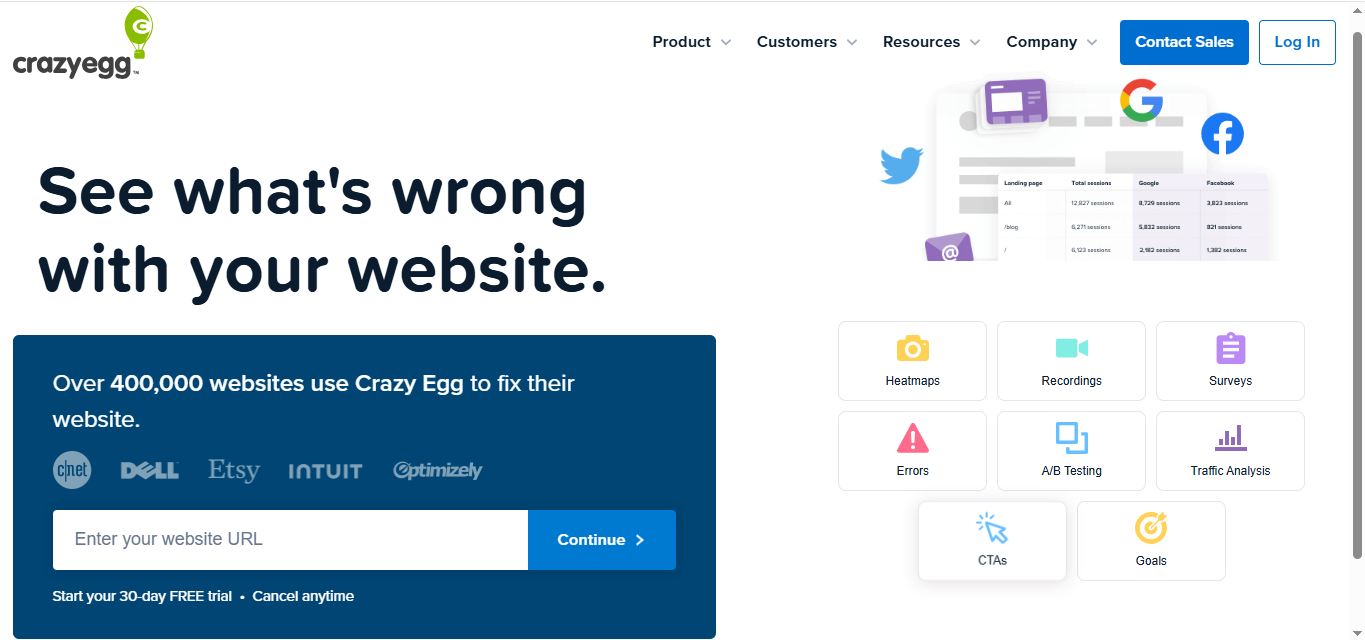How to Improve Email Engagement with Data.

Email marketing isn't guesswork anymore. It’s a data-driven science. Marketers now have the tools and insights to understand exactly what works—and why. If you're still relying on instincts and old-school tactics, you're likely leaving revenue and relationships on the table.
In this post, we're diving deep into the science of email marketing. You’ll get actionable, data-backed strategies that drive higher engagement and conversion. Whether you're a startup founder, solo creator, or small business owner, this guide will help you create smarter, more effective campaigns.
Timing Isn’t Everything—But It Matters
Best Time to Send Emails: According to a study by Omnisend, emails sent between 8 AM and 10 AM on Tuesdays and Thursdays tend to have the highest open rates. Another report from Campaign Monitor found that mid-morning and mid-week are generally optimal.
Why? People tend to check emails as they start their day or settle into work. But timing also depends on your audience’s habits. B2B readers behave differently than B2C shoppers. So while these time slots are a great place to start, testing is essential.
Action Step:
Use A/B testing to pinpoint your ideal send times. Platforms like Seamailer make this easy with built-in tools to track open and click performance across time slots.
Subject Lines: The First (and Often Last) Impression
47% of email recipients open an email based on the subject line alone (OptinMonster). Conversely, 69% report emails as spam based purely on the subject line.

What Works:
- Personalization: Adding a name can increase open rates by 26%.
- Curiosity: Subject lines that tease content without giving it all away drive more clicks.
- Urgency and Scarcity: Limited-time offers and time-sensitive language can boost open rates.
What to Avoid:
- Excessive punctuation
- ALL CAPS
- Spam trigger words like “Buy now,” “Free,” and “Guarantee”
Real-World Example:
Instead of “50% OFF NOW!!!”, try “Sarah, your 50% discount ends tonight.”
The Science of Personalization
Gone are the days of “Dear Customer.” According to Experian, personalized emails deliver 6x higher transaction rates.
And we are not just talking about names. Location, past purchase behavior, browsing history, and even time zone can all be used to personalize.
Actionable Tip:
Segment your list. Divide subscribers by behavior, interest, and demographics. With Seamailer, you can easily tag and segment subscribers based on how they interact with your content.
Clean Design Backed by Psychology
Design isn't about looking pretty—it’s about guiding the eye. Eye-tracking studies show readers spend the most time on the upper-left portion of the screen. This is your golden space.
Layout Best Practices:
- Use a single-column layout for mobile responsiveness.
- Stick to one primary call-to-action (CTA).
- Place the CTA above the fold.
- Use contrasting colors to make buttons stand out.
- Use white space to reduce cognitive load.
Heat maps from platforms like Crazy Egg or Hotjar confirm these findings: emails with cluttered layouts see significantly lower click-through rates.

Don’t Ignore the Preheader Text
Think of it as your secondary subject line. Many marketers overlook this snippet, yet it can be the deciding factor in an open or ignore.
Example:
Subject: “You left something behind” Preheader: “Your cart misses you. Complete your order now and get 10% off.”
According to Litmus, emails that optimize their preheader text see up to 30% higher open rates.
Visuals: Show, Don’t Just Tell
The brain processes images 60,000 times faster than text. Emails with visuals such as images, GIFs, or videos see better engagement.
But balance is key. Too many visuals can trigger spam filters or overwhelm the reader.
Best Practices:
- Include alt text for all images
- Compress images for faster loading
- Use one key image to reinforce your main message
- Test emails with and without images to compare CTRs
CTA Science: One Button to Rule Them All
Having too many CTAs? You’re confusing your reader. Studies by WordStream show emails with a single CTA increase clicks by 371% and sales by 161% compared to emails with multiple CTAs.
Make Your CTA Irresistible:
- Use action verbs: “Download Now,” “Get the Guide,” “Claim My Offer”
- Color matters: Red and orange often outperform blues and greys
- Create urgency: “Only 24 hours left”
Frequency: Stay Top of Mind Without Being Annoying
There’s a fine line between staying relevant and becoming spammy. According to a survey by MarketingSherpa, 61% of users prefer receiving promotional emails weekly, while only 15% want daily emails.
Pro Tip:
Let your subscribers choose. Allow them to set preferences for frequency and type of content. Seamailer’s smart segmentation features can automate this experience for you.
Mobile Optimization is Non-Negotiable
Over 60% of emails are opened on mobile devices. If your email isn’t mobile-friendly, you’re potentially alienating more than half your audience.
Design for Mobile:
- Use larger font sizes (at least 14px)
- Tap-friendly buttons (44px minimum)
- Short paragraphs and concise copy
- Responsive design that adapts to various screen sizes
Measure What Matters
Vanity metrics won’t pay the bills. Focus on KPIs that tie directly to your goals:
- Open Rate: Indicates subject line and timing effectiveness
- Click-Through Rate (CTR): Shows how compelling your content and CTAs are
- Conversion Rate: Measures how well your email drives the desired action
- Bounce Rate: Helps identify list hygiene issues
- Unsubscribe Rate: Can signal frequency or content problems
Use Data to Iterate:
Run A/B tests consistently. Test everything—subject lines, CTAs, layouts, send times. Even small tweaks can lead to large gains. Seamailer provides an intuitive dashboard for tracking these metrics in real time.
The Psychology of Reciprocity
Humans are wired to reciprocate. When you offer genuine value—like a free eBook, a how-to video, or exclusive insights—subscribers are more likely to respond positively when you ask for something in return.
Give first. Ask later.
The Power of Storytelling
Cold emails feel robotic. Warm emails feel human.
Use short, authentic stories to connect. Talk about a founder’s struggle. A customer success story. Or a behind-the-scenes anecdote. Stories increase engagement, build trust, and reduce unsubscribe rates.
Example:
Instead of just announcing a new feature, share how a customer struggled without it—and how your new solution made life easier.
Trust Signals and Social Proof
In a world of scams and overpromising, trust is currency. Adding testimonials, user counts, review stars, or logos of featured publications boosts credibility.
Real Example:
“Join 12,000+ marketers who use Seamailer to grow their audience.”
Conclusion
Email marketing success isn’t about blasting more messages—it’s about sending smarter ones. When you apply science-backed strategies, your email engagement improves naturally. You’re speaking to people, not inboxes.
Remember:
- Test relentlessly
- Focus on the reader’s experience
- Use data as your compass
If you're looking for a tool that makes this easier, check out Seamailer. It’s built for marketers who want to work smarter, not harder.
Want better engagement? Start applying these tips today and watch your next email campaign outperform the last.

